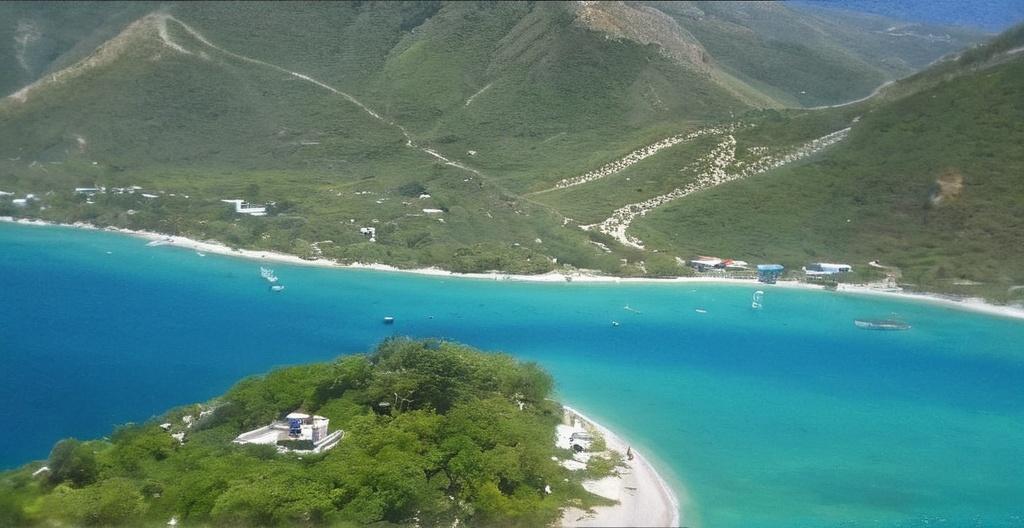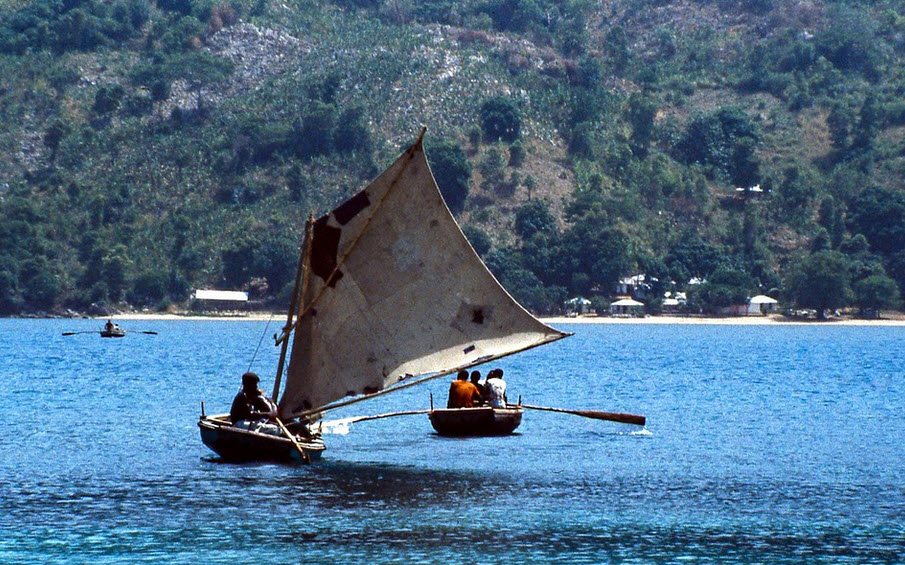Key Take Aways About Fishing in Haiti
- Fishing is vital to Haiti’s culture and economy; deeply rooted traditions coexist with environmental and economic challenges.
- Geographic advantages include abundant coastal areas and diverse marine life, such as snapper, grouper, and lobster.
- Traditional fishing methods persist, but modern technology is slowly being adopted.
- Environmental issues include overfishing and pollution; sustainable practices are being encouraged.
- Fishing is culturally significant, fostering community identity and economic support.
- The sector faces future prospects of balancing innovation with tradition.

Introduction to Fishing in Haiti
Fishing in Haiti is integral to the country’s culture and economy, largely due to its extensive coastline and rich marine resources. It’s not just about the catch; it’s a way of life, passing down generations of skills and knowledge. While fishing remains pivotal, it’s not without its challenges. Resource management and economic pressures exist, yet there’s a steadfast dedication to maintaining this tradition.
The Geographic Advantage
Haiti’s location on the Hispaniola Island, shared with the Dominican Republic, provides significant access to the Caribbean Sea and the Atlantic Ocean. Accessible waters make it a hotspot for fishing activity, perfect for small-scale and commercial fishing. Coastal areas flourish with diverse fish species, offering a unique fishing experience for locals and adventurous travelers.
- Coastal Areas: Jacmel, Les Cayes, and Port-au-Prince Bay are notable hubs.
- Diverse Marine Life: Snapper, grouper, lobster, and conch dominate the menus.
- Traditional Methods: Skills like netting, trapping, and line fishing prevail in these regions.
Local Fishing Techniques
Haitian fishers often employ traditional methods, honed over centuries. The use of simple nets, traps, and hand lines remains common. Here, old meets new as modern technology gradually creeps in, albeit slowly. The charm lies in the craft, in a good day’s work out on the water with nothing but the horizon ahead.
Environmental Challenges
Fishing in Haiti faces environmental hurdles, with overfishing and habitat destruction leading the charge. The presence of trash and pollution exacerbates these issues. Conservation efforts are underway but progress is slow, limited by resources and education.
Supporting Sustainable Practices
Efforts by local communities and international partners focus on sustainable fishing practices. Education and awareness programs help communities understand the importance of conservation. More selective fishing techniques and habitat protection are beginning to make a difference.
Fishing as a Cultural Pillar
Fishing’s cultural significance in Haiti can’t be overstated. It’s woven into the fabric of daily life, celebrated with festivals and music. Coastal communities proudly showcase their heritage in every catch, with knowledge passed down like a precious heirloom.
Community Engagement
Fishing villages often become community hubs, where stories and techniques are shared and refined. This engagement fosters a sense of identity and pride, with each individual contributing to the greater story of their community.
Tourism and Fishing
Tourists flock to coastal towns, not just for the catch but for the experience. Activities like fishing tours offer a glimpse into the local customs and practices. You’ll find the fish market bustling with locals and travelers alike, haggling for the freshest catch.
Economic Impact
Fishing significantly impacts the Haitian economy, providing livelihoods for countless families. The industry boosts local economies, feeding into the food chain with fresh produce. The demand for local fish products keeps this sector vital despite external pressures.
Future Prospects
The future of fishing in Haiti hinges on balancing tradition with innovation. Sustainable practices and conservation efforts continue to grow. While challenges persist, the resilience of the local communities ensures that fishing remains a staple of Haitian life.
Conclusion
Fishing in Haiti, steeped in tradition, faces modern challenges head-on. The country’s communities display a determined spirit, harnessing both age-old techniques and new practices to sustain their way of life while protecting their environment. As tourists and locals alike immerse themselves in the fishing culture, there’s hope that future generations will continue to thrive, preserving a vital piece of Haiti’s identity.
